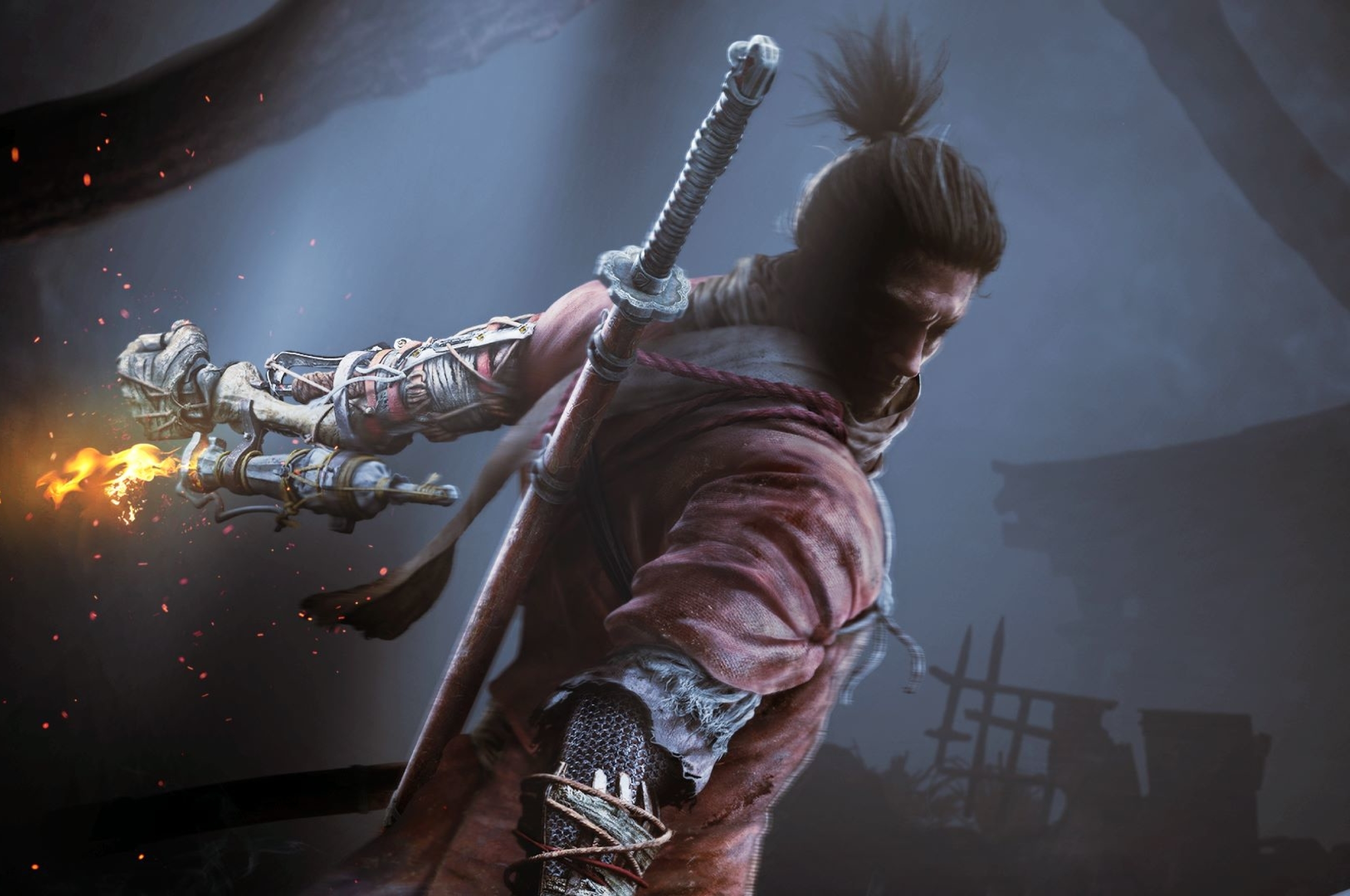

What does this mean technically? Well, it puts From Software's engine to task with rendering wider, more navigable environments. Digital Foundry's first look at Sekiro: Shadows Die Twice, captured from PS4 Pro. Every area's verticality comes into play thanks to a jump button and a grappling hook, while stealth is encouraged by crouching through tall grass - if you'd prefer taking that route.

The environments are sparser than From's other works too. The biggest difference? In Sekiro, a single, striking blow from a katana is significant moment - a crunching, pinpoint strike that rewards a bout of cautious side-steps and parries, where you have to work to find that opening. There's a commitment to its world-building, which even with a similar technical backbone, takes Sekiro down a path all of its own.įrom the opening two hours I played on PS4 Pro, I loved it, though Souls veterans expecting to jump right in will have to accommodate the many changes From has introduced. Even so, developer From Software's push into new territory still makes it compelling. The mechanics also have common ground: the Estus Flask, the Maiden in Black, and many other touchstones of the Souls series find an equivalent here. Parts of its setup - even the habits of PS4 Pro performance - are highly familiar in Sekiro. Certainly, from a technical standpoint, it's obvious that the engine has overlap with Dark Souls 3 and Bloodborne. From the snowy paths lined with samurai, to a mountain-side temple set ablaze, every spot is distinct. In terms of the sheer quality of art direction, the results are unlike anything we've seen from the studio.Ĭutscenes are used to tell parts of its story, but as ever, the world design steals the show.

A gorgeous Japanese-inspired world is sculpted from scratch, of shinobi, burning temples, and feuding clans - with a huge level of care and attention. The developer taps into a rich vein of mythology much closer to home here. Sekiro takes just as ambitious a leap of its own - and from what I've seen, it deserves to be celebrated on its own terms.

Indeed only four years ago, the same developer achieved a similar feat with Bloodborne, taking the skeleton of the Dark Souls series and combining a bleak gothic setting with a revised combat system. One of the best things about From Software's Sekiro: Shadows Die Twice is it's at once familiar and yet also unique.


 0 kommentar(er)
0 kommentar(er)
